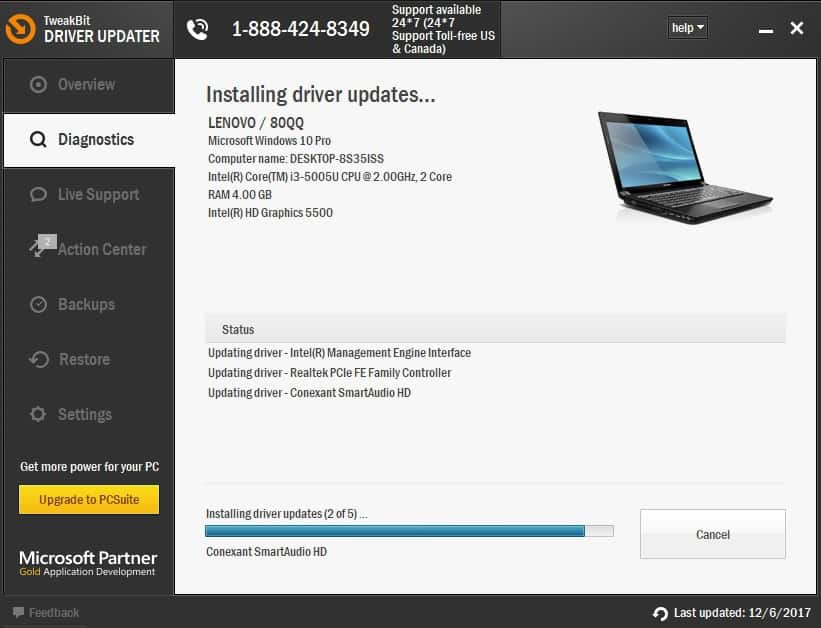My Microsoft Updates For Mac Won't Work
- My Macbook Won't Update Software
- Free Microsoft Updates For Mac
- My Microsoft Updates For Mac Won't Working
- Mac Won't Download Update
Question: I upgraded to Catalina on my Mac and now Microsoft Office won’t work; what can I do?
Answer: One of the side effects of tech companies taking their platforms to new levels is that, often times, older software programs will no longer work.
If Update Options is missing under Product Information, and the About button is the only option available, you either have a volume license or your company is using Group Policy to manage Office updates. Try Microsoft Update to get the latest updates or contact your company help desk. To download an update manually, see Office Updates. If your Office 365 for business subscription is associated with your work or school email account (these versions of Office are usually licensed to you through your work or school), you have the latest version of Office as long as you keep it up-to-date. Depending on your operating system, check for Office updates for PC or Office updates for Mac. Jan 24, 2020 On your Mac, hold down the Option key, click the Apple menu, and choose System Information or System Report. From the list on the left, select USB. If you see your iPhone, iPad, or iPod under USB Device Tree, get the latest macOS or install the latest updates. If you don't see your device or still need help, contact Apple Support. If you see the Microsoft AutoUpdate program throwing up the alert about closing applications again, click its icon in the Mac’s desktop Dock until the pop-up menu appears and choose Keep in Dock; look under the Options menu if you do not see it immediately. If you installed Office 2016 for Mac back in September but haven't been able to update the suite since, here's a look at some troubleshooting tips. How to Fix Microsoft Office AutoUpdate for Mac.
The most recent version of Apple’s MacOS — known as Catalina — is having a major impact on those who upgraded without understanding that their older 32-bit programs would no longer run.
If your version of Microsoft Office is older than Office 2016 v15.35, you’ll have to choose from a variety of costly or time consuming and complicated options.
If you have Office 2016, you should be able to upgrade to the 64-bit version through Microsoft’s standard upgrade process if for some reason it hasn’t already been updated.
Option 1: Purchase new software
You can purchase the Office Home & Student 2019 bundle from Microsoft for $149.99 or the Office Home & Business bundle for $249.99. The primary difference in the two packages is the business version includes Outlook.
Option 2: Start renting Microsoft Office
Microsoft is trying to get users to convert from a single purchase package that will eventually expire to their subscription 'SaaS' (Software as a Service) platform known as Office 365.
This means you either pay monthly ($6.99 for Home & Student) or annually ($69.99 for Home & Student or $99 for Business) from now on.
Option 3: Switch to Google’s offerings
If your needs for productivity software are very basic, you may find the free options available from Google through a Google Drive account to be acceptable.
It includes Docs, Sheets and Slides which are Google’s version of Word, Excel and PowerPoint, although nowhere near as powerful. Though it’s a web-based tool, there are options for editing your documents when you are offline.
Microsoft office 11 mac product key generator. If you are excited to activate your current trial version, then you can activate Microsoft Office 2016 Final version here. If you want to purchase the product key, then you must go to Microsoft Official website where you have to pay and get the product key. There are various ways to activate your office suite. If the user has installed the trial version of this particular app, then you need to enable your office setup file.
Option 4: Revert back to Mojave

There is no simple way to go back to the previous version (Mojave), so this option is very time consuming and complicated, as you’ll have to wipe your hard drive and reinstall everything. Depending upon which version of the MacOS your computer shipped with, you may have to use an external hard drive to complete the reversion.
How to check for 32-bit programs
For those who are considering an upgrade to Catalina, a good first step is to see what 32-bit programs you are currently running to determine if they are important to you or not.
My Macbook Won't Update Software
To do this, click on the Apple icon in the upper left corner, then on 'About This Mac' and then on 'System Report.' When the report opens up, scroll down to the 'Software' section and click on 'Applications.'
An alphabetical list of applications will appear with various details about each one. If you scroll to the far right, you should see a column that says '64-Bit' and the words 'Yes' or 'No' for each application. To make it easier to see the Application Name and whether it’s 64-bit or not, drag the 64-bit header from the far right to the far left so it’s right next to the 'Application Name' column.
Free Microsoft Updates For Mac
Go through the list looking for your critical programs to make sure they are 64-bit or to see if a 64-bit version is available from the creator of the program before upgrading to Catalina.
My Microsoft Updates For Mac Won't Working
Ken Colburn is the founder and CEO of Data Doctors Computer Services. Ask any tech question at: facebook.com/DataDoctors.